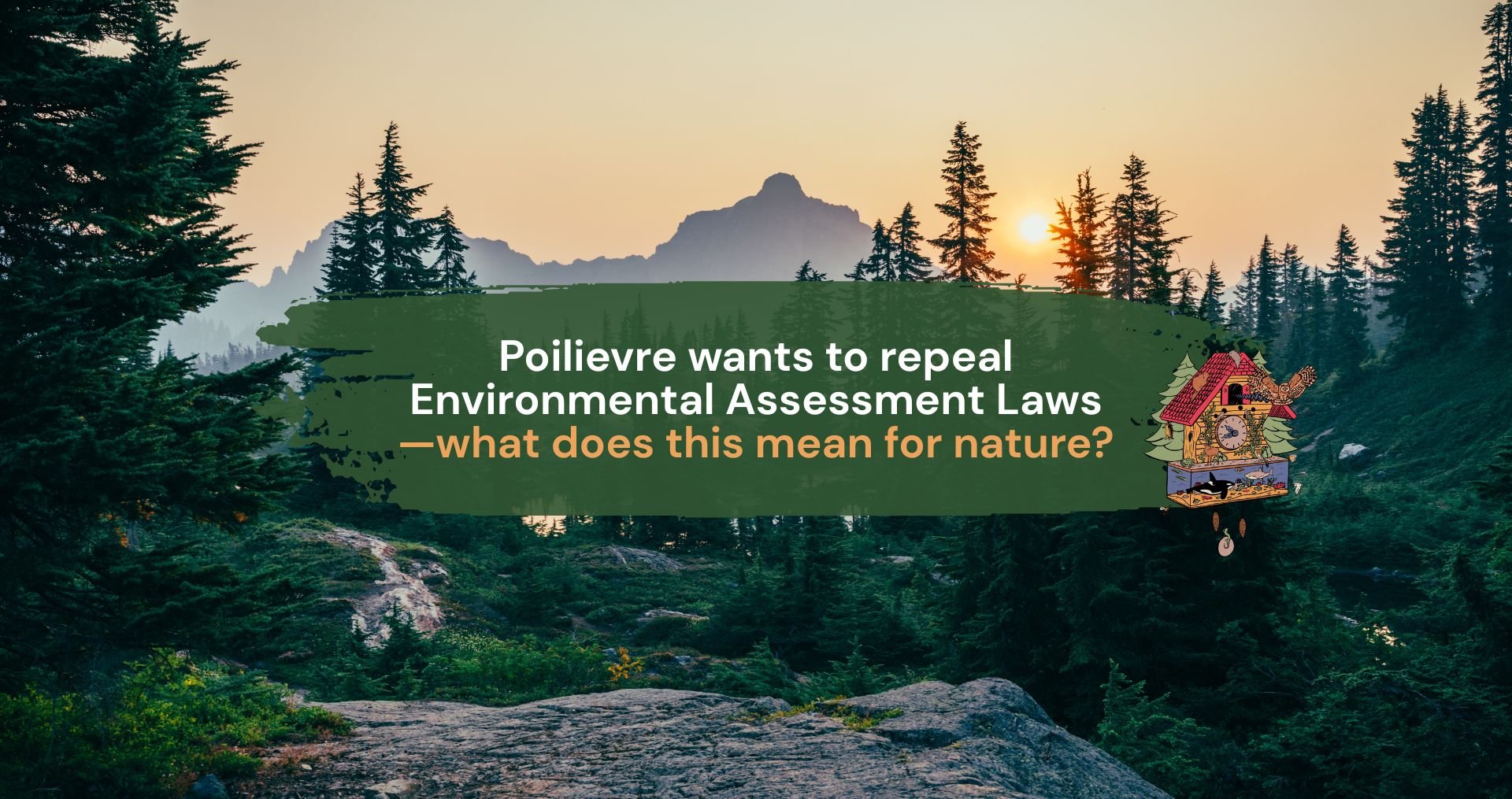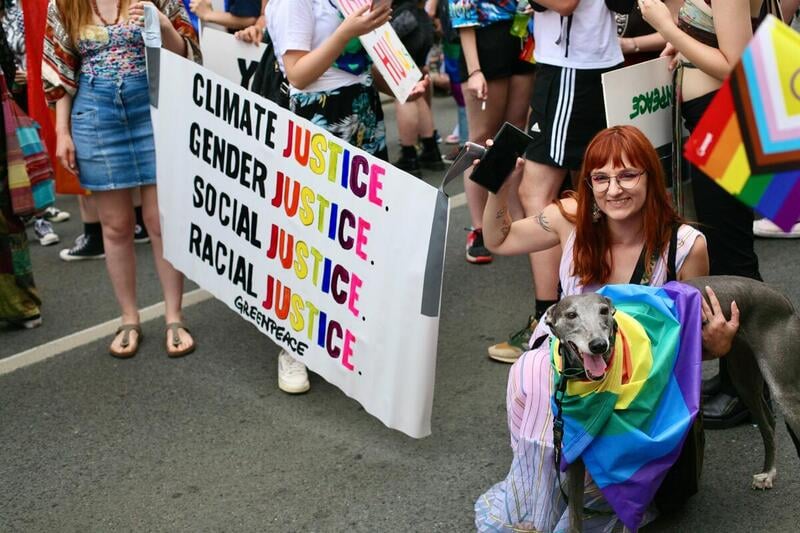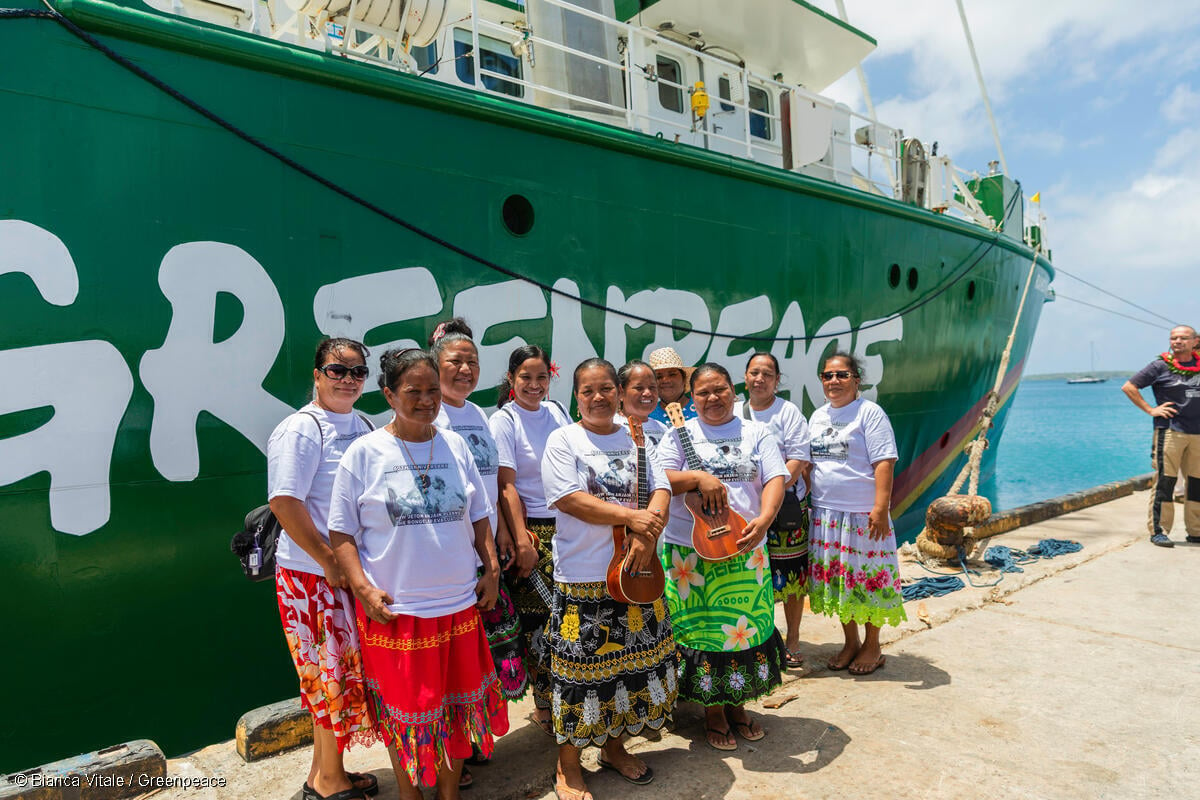Have you ever seen the plants that grow in the crevices of brick walls, or in the cracks on the sidewalk? Have you ever looked up on a cold day and seen the sundogs shining brightly? Or noticed how some of the most beautiful sunsets are often those that take place in cloud-filled skies?
Hope is the same, in the way it grows and fills our lives with colour. It’s the flower blooming in the sidewalk crack. It’s in the vibrant clouds lighting up the sky after the rainfall. It’s the sparkle of the snow in the sunlight on a cold day.
And it’s in the stories of people working to build a better world. From the summits to the seas, people are coming together to protect what they love. Read on to learn about these inspiring efforts—and everything they’ve achieved in the past few weeks!
THE BUZZ
Nature Deal Negotiated at COP15
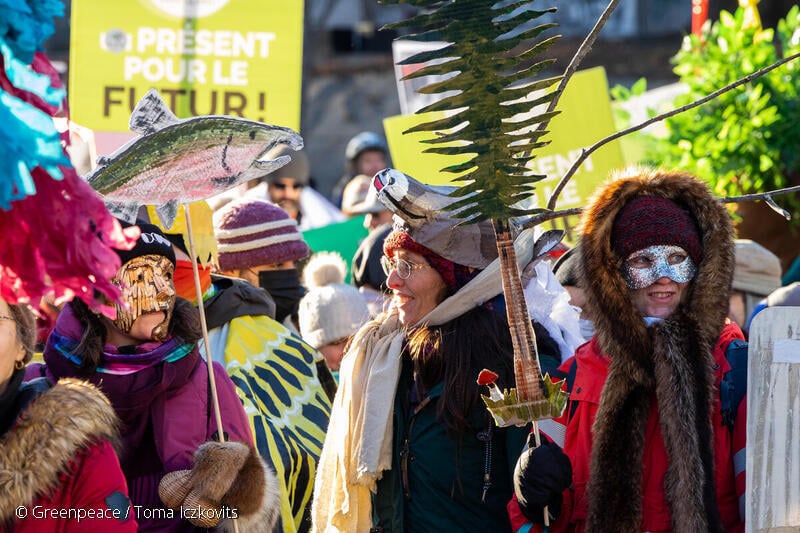
In December, countries from around the world convened in Montreal to address the question of biodiversity loss. The UN summit, referred to as COP15, concluded with a new set of goals to protect and restore nature over the next decade.
Known as the Kunming-Montreal Agreement, the deal was adopted by 196 countries under the UN Convention on Biological Diversity. Under this framework, governments have committed to conserving at least 30% of lands and oceans globally by 2030. Importantly, the text includes strong language that recognizes the roles and rights of Indigenous Peoples in nature conservation and restoration.
The agreement is truly a testament to #PeoplePower! Hundreds of civil society organizations were on the ground throughout the conference, advocating for an ambitious agreement—including Greenpeace Canada!
To kick off the conference, we dropped a 46-foot banner at l’Anneau, an iconic monument in Montreal, which attracted widespread media attention. In solidarity with Indigenous groups, Greenpeace organized a panel, where Indigenous leaders from around the world spoke about the importance of decolonizing nature protection. We also participated in the Great March for Life—led by Indigenous delegations, the march saw 3,500 people take to the streets to defend nature and human rights.
Whether you were there marching with us, or lent your voice and time, or contributed financially, your support throughout made this deal possible and brings us much hope moving forward!
Now starts the hard work of translating ambition into action. We need a domestic action plan to address and reverse biodiversity loss, including new legislation that enshrines Canada’s nature targets. Writing the targets into law will bind them to a timeline and hold the government accountable for meeting them. We also hope that having national legislation will address some of the shortcomings of the deal, patching loopholes that allow corporations to continue business as usual. And it’s crucial that this framework is developed in partnership with Indigenous groups, to ensure rights-based protections and advance decolonization.
With your help, Greenpeace Canada has been pushing for the federal government to adopt a Nature & Biodiversity Act over the past year. We released a report; launched a petition that has now surpassed 37,000 signatures; and painted a mural in front of the office of Minister of Environment and Climate Change Steven Guilbeault, asking for stronger nature protection. And our hard work is bearing fruit! During COP15, Minister Guilbeault publicly announced his support for new legislation.
Implementation is key, and you can bet that we will be watching these discussions closely to make sure that legislation is as strong as it can be! Because if these developments have shown us anything, it’s the influence that we can have on decision-makers when we act together to make our voices heard!
European Union Agrees on Deforestation Law
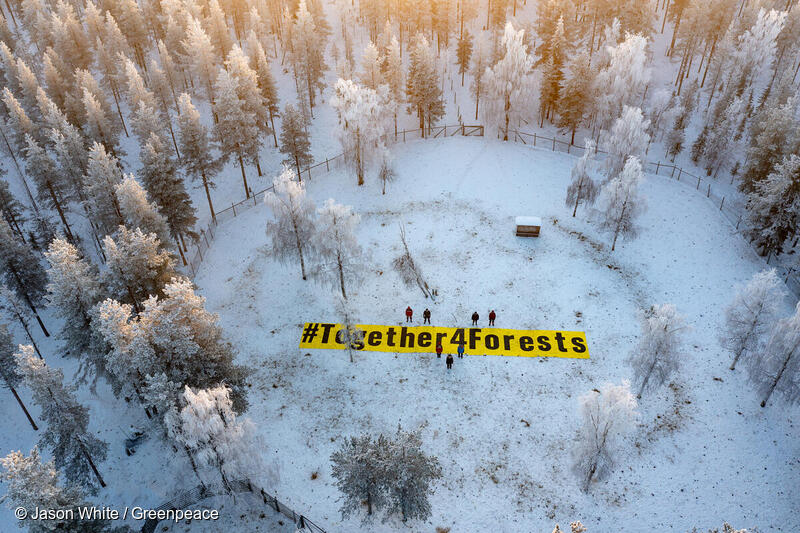
This is one example of the protests that took place across Europe last year, as the #Together4Forests coalition called on EU agencies and ministers to address deforestation.
Speaking of strategies and legislation to protect nature…it’s time for companies to chuck their chainsaws!
In December, representatives from the European Parliament and national governments finalized a law to ensure that a set of key goods sold in the European Union (EU) are not contributing to deforestation or forest degradation. Once adopted, the law will require companies to trace their commodities along the supply chain to prove that the land it was produced on was not subject to deforestation—or face fines.
This move is a major step towards ensuring deforestation-free supply chains. The law will apply to companies selling soy, beef, palm oil, wood, rubber, cocoa, and coffee, as well as some derived products like leather, chocolate, and furniture. These products were identified in impact assessments as some of the main drivers of deforestation. By regulating their importation and sale, the law aims to reduce the rates of deforestation driven by EU production and consumption.
This victory truly belongs to the forests and everyone who has worked to protect them. As you may have seen in previous campaign updates, Greenpeace has pushed for this law in a number of ways. Whether drafting anti-deforestation legislation, flooding a public consultation with supporters’ submissions, or scaling the European Commission’s headquarters to raise awareness, we were there every step of the way.
As for next steps? With your ongoing support, we’ll be pushing governments to strengthen and improve the law. While it will protect many forests, the deal flimsily addresses human rights and Indigenous rights, and these protections are non-negotiables in any conversation about defending nature. We would also like to see ecosystems like peatlands and goods like maize covered by the agreement. With parts of the law set to be reviewed within the next two years, we have some opportunities within reach.
Onwards!
ANNOUNCEMENT
Baffinland Iron Mine Expansion Rejected
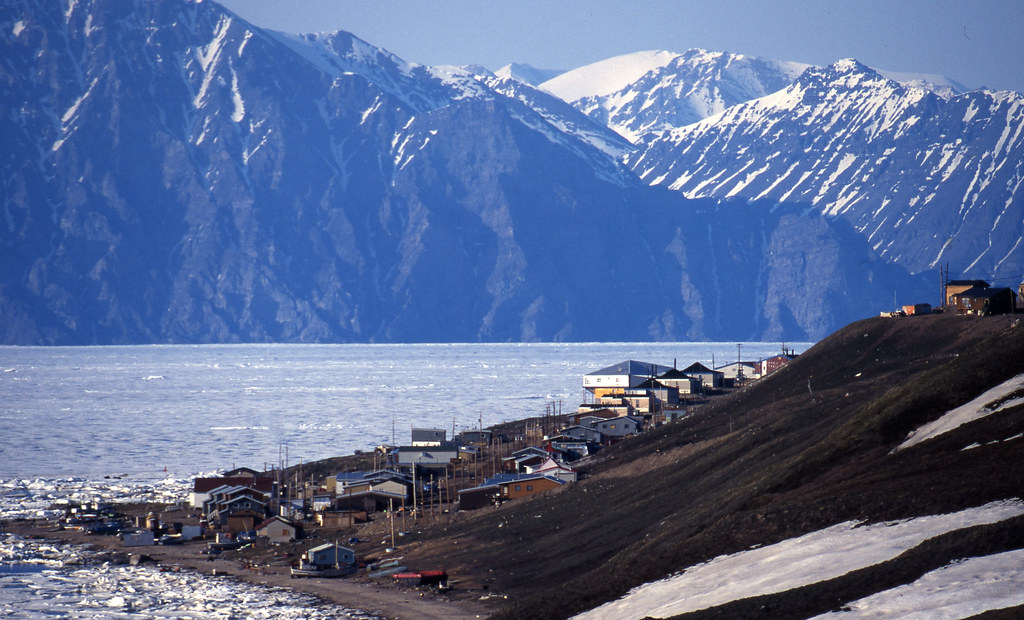
In a major victory for the environment and Indigenous rights, the Canadian government has rejected the proposed expansion of an iron mine in the Canadian Arctic that threatened local wildlife and Inuit communities. The victory comes after years of opposition by local Inuit land defenders and their allies.
Baffinland Iron Mines Corporation operates an iron ore mine on Baffin Island, Nunavut, and was pursuing an expansion plan that would have doubled the mine’s output of iron ore. As part of its plan, the company wanted to build a railway to a port near the community of Pond Inlet and significantly increase its shipping. The railway line would have cut through an important caribou migration route, and the increase in marine traffic would have impacted sensitive narwhal calving grounds.
Narwhal and caribou are essential food sources for Inuit communities, and, as it was proposed, the project raised concerns among members of Inuit communities about its potential impacts on their livelihoods and culture. Inuit hunters and elders have already observed significant impacts from the existing mine and feared the expansion would have made things even worse.
So in February 2021, a group of Inuit hunters and community members, known as the Nuluujaat Land Guardians, blockaded the mine with snowmobiles and sleds, protesting the company’s refusal to address Inuit concerns. And in May 2022, the Nunavut Impact Review Board (Nunavut’s environmental regulator) concluded that the expansion could have serious and unavoidable negative environmental and cultural impacts. It recommended that the proposed expansion not be allowed to proceed.
On November 16, 2022, the Canadian government accepted the Board’s recommendation, rejecting the company’s application to expand its mining operation. This victory for Arctic wildlife and Inuit rights sends a powerful message to extractive corporations—when a high-profile project like this gets stopped because of Inuit opposition, it shows the industry that they can’t just ignore Indigenous people when they say “no.”
It is also a testament to the impact that we can have when we stand in solidarity with Indigenous land defenders.
As Inuit land defenders took direct action to get their message across, thousands of people rallied to support them. At Greenpeace Canada, we launched an email petition that supporters used to send more than 15,000 emails to the federal government, calling on it to reject the expansion. When we promoted the Nuluujaat Land Guardians’ GoFundMe, supporters helped raise over $9,000 for their land defense work. And across the Atlantic, activists from Greenpeace Luxembourg gathered in front of the headquarters of ArcelorMittal—a co-owner, financier and major customer of Baffinland—to protest in solidarity with the Land Guardians.
When it comes to campaigning in ways that advance Indigenous rights and reconciliation, we recognize that this is not something that Greenpeace has always done well. Some of our past campaigns caused a lot of harm to Inuit communities—the impacts of which are still felt to this day. It’s an unfortunate part of the reality of our organization, both its history and the current context we work in. We can’t undo past wrongs, but we can learn from them and apply those lessons to our work in the present day. We’ve been humbled and honoured to be able to work with the Nuluujaat Land Guardians, and that they’ve been willing to accept our support as they work to protect their culture and Arctic home. We will continue to look for ways to support the work of Inuit land defenders and other Indigenous groups, striving to be the ally that Greenpeace always should have been.
CAMPAIGN UPDATES
Greenpeace Brazil Takes Legal Action
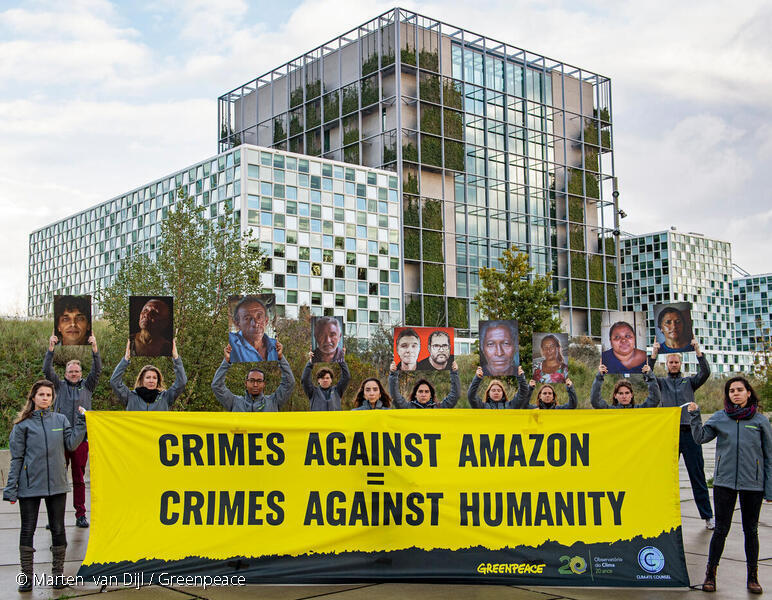
A case filed at the International Criminal Court puts violence in the Amazon in the global spotlight.
Human rights abuses—including murder, torture, displacement, and persecution—have been rampant in the Amazon over the last decade, particularly against rural land users and environmental defenders. In November, several organizations—including Greenpeace Brazil—filed a case with the International Criminal Court (ICC). The parties are asking the ICC prosecutor to investigate these abuses, which may amount to crimes against humanity.
The organizations argue that violence has become a state-level policy to facilitate the dispossession of land, the illegal exploitation of natural resources, and the destruction of the environment. As such, they are asking the ICC prosecutor to open an examination to fully investigate the alleged crimes against humanity. The implications of the case may extend to financial and corporate actors possibly implicated for encouraging, enabling, or assisting in these crimes.
By compiling evidence and denouncing these systematic attacks, Greenpeace and its partners are seeking accountability and justice for the victims of violence, which disproportionately include Indigenous Peoples and Amazonian communities. As such, the case represents an invaluable step in the pursuit of environmental justice, highlighting that deforestation is not just immoral, but criminal in nature.
Greenpeace Confronts Deep-Sea Mining Vessel
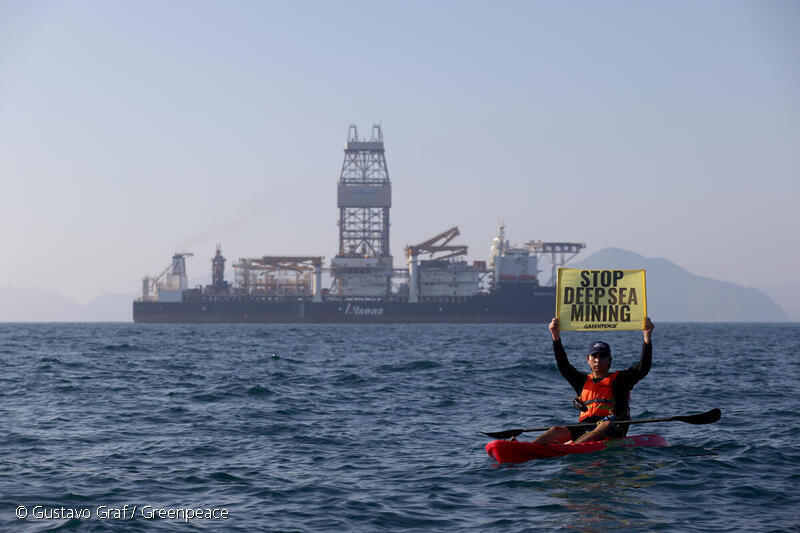
In November, Greenpeace activists confronted the Hidden Gem, a deep-sea mining ship, off the coast of Mexico. The ship, commissioned by The Metals Company (a Canadian miner), spent eight weeks test mining in the Pacific—a trial that could pave the way for full-scale commercial mining.
The development of this industry could have devastating impacts on the health of the oceans and those who depend on them. In the process of deep-sea mining, rare minerals are extracted from the ocean floor using large machinery. The vibrations, lights, and pollution from this activity could disturb ocean wildlife. The process of excavating minerals would also stir up sediments from the seafloor, which could smother coral reefs. Not to mention, mining has the potential to release greenhouse gasses (like carbon) stored in the seabed.
Greenpeace wants to put a stop to this activity before it begins. As part of this effort, activists from Greenpeace Mexico confronted the ship with kayaks and banners as it returned to port. Meanwhile, a Greenpeace Aotearoa campaigner delivered a clear message to the ship’s captain via radio: “We will not stand by while mining companies begin to plunder the seafloor for profit.”
And true to our word, we will not. Greenpeace is raising awareness and championing solutions. And one of those solutions is a global moratorium on deep-sea mining, which several countries—including Fiji and France—have expressed their support for. Stay tuned for more updates and information from Greenpeace Canada on how you, too, can add your support to these calls!
HSBC to Stop Funding New Oil and Gas Fields
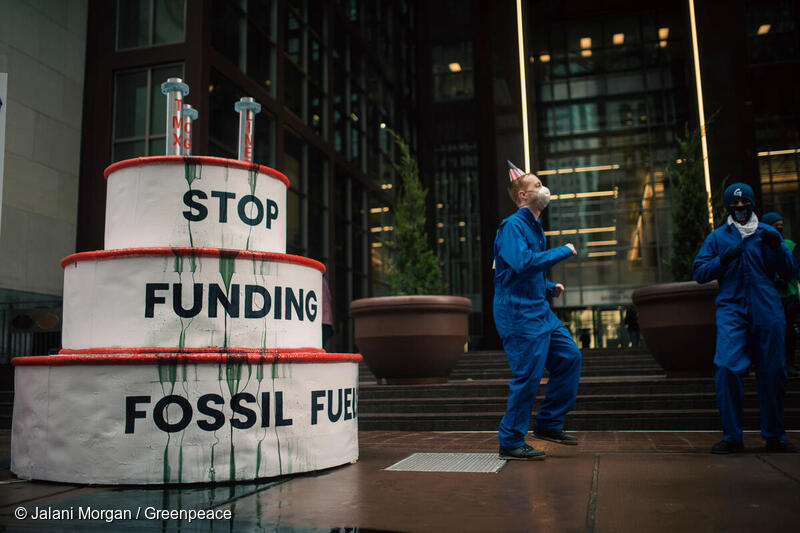
HSBC—a major global bank—lends billions of dollars to the fossil fuel companies that are a leading cause of and contributor to the climate crisis. But in December, it announced it would no longer finance new oil and gas fields.
HSBC is the first global bank to do this. Its decision, however, will not apply to HSBC Canada. The Canadian unit is the only one to be excluded because it is in the process of being sold to RBC. But at Greenpeace, we believe that HSBC’s prohibition on project-level finance for new oil and gas fields should be extended to RBC as a condition of the merger.
A number of banks in Europe have already made similar policy changes to those of HSBC, including the Dutch bank ING, and La Banque Postale in France. Denmark’s largest bank went even further and announced it would not loan money to or invest in companies with oil or gas expansion plans. If Canadian bankers don’t follow suit, then federal regulators should make them. In other words, it’s time for the Canadian government to set new rules around fossil fuel financing.
SUPPORTER SPOTLIGHT
Last spring, Kavita set out on a mission: to walk 10 kilometres each weekend for a month. The added challenge? She would do so in India, on some very hot days. But that wasn’t going to stop her. She planned accordingly and set out early in the morning, cooling herself off with coconut drinks and sugarcane juice along the way. The beautiful peacocks and flowered trees that she encountered on her journey served as reminders of the beauty of the planet she was raising funds to save!
In total, she walked a total of 83 kilometres and raised $403 for Greenpeace!
Way to go, Kavita!
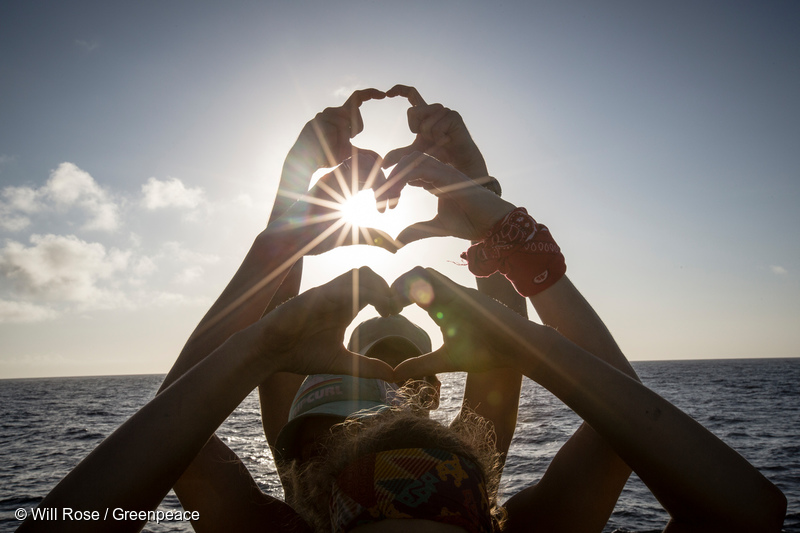
Inspired? Now is a great time to start your own fundraiser! Maybe you’ve made a New Year’s resolution to challenge yourself. Whether it’s to run a ten-kilometre race or learn to knit, you can do it while raising money for Greenpeace!
PHOTO OF THE MONTH
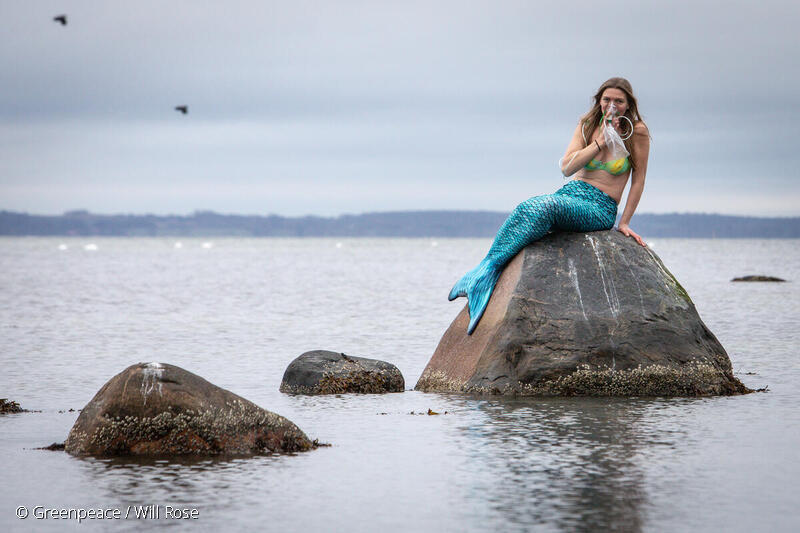
CONTENT RECOMMENDATIONS
Read this story about a bear orphanage in northern BC helping to rehabilitate and release bear cubs! (Warning: some un-bear-ably cute photos ahead!)
Have a look!
Talkative turtles? That’s right—scientists are looking into possible forms of communication between turtle families.
Learn more!
Bison are making a comeback in Banff National Park!
Check it out!
Where there’s a whale, there’s a way! A number of North Atlantic whale calves were recently spotted off the coast of the U.S.
Have a read!

